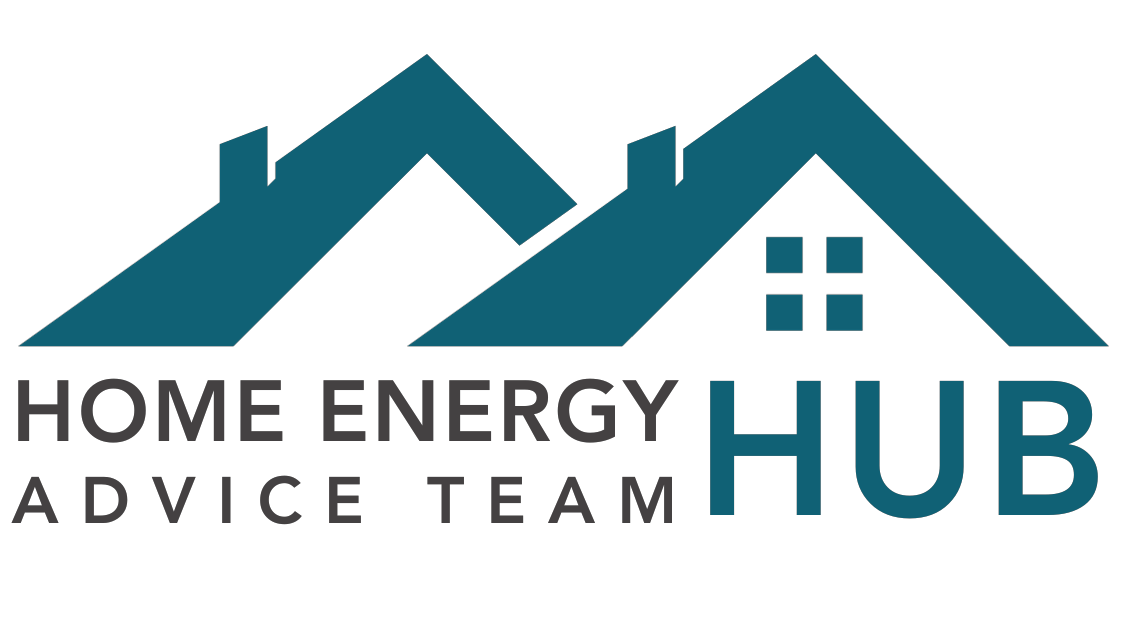How do Solar Panels Work? - FAQs
How do solar panels work?
Solar PV systems turn sunlight into electricity through the ‘solar cells’ they contain. These cells are made from thin layers of a ‘semiconductor’ material (traditionally silicon) between layers of glass. Electricity leaves the panel as direct current (DC) and passes through an inverter that converts it to 240V alternating current (AC), so that it can be used in your home. This electricity can then power any appliances that are switched on – washing machine, TV and so on – while the surplus (if there is any) is exported to the electricity grid, or stored in a battery if you have one.
Does my property have to be south facing?
Solar panels will generate the maximum energy if facing south, as they will be most exposed to sunlight throughout the day. However, east and west facing roofs may also be appropriate for PV panels, depending on what time of day you use the most energy.
Can I put solar panels on a flat roof?
Yes, solar panels can be installed on a flat roof, however they must have the correct to make them work efficiently.
Do I need a battery?
You don’t need a battery for solar panels, but they can provide some benefits such as backup power for essential systems.
What are the costs and savings involved?
The cost of a solar PV system depends on the size of the array, the type of solar cells used and the ease of installation at a particular site. Typical costs are £1,700 per kWp, so a 3.5kWp array (about 25m2) is likely to cost about £6,000*.
Are solar panels recyclable?
Yes, they are recyclable. They are commonly made from glass, plastic and aluminium.
How do I make the most of the energy generated?
To maximise usage of your generated electricity, try running high-usage appliances like washing machines and dishwashers during the day (when the sun is shining), although it’s best to stagger their use so they’re not all running at once. If you are out during the day, delay-start timers for appliances can be helpful.
You can save around £365* per year on your energy bills.
The inverter may need to be replaced after around 10 years at a cost of about £500-1000.
PV systems are particularly economic if you are renovating a roof or building a new home (when scaffolding may already be up), and you can even buy roof tiles with PV cells integrated.
Households who are home all day could expect installation costs to be paid back in about 25 years. Most systems require little or no maintenance and the panels should last for decades, although it is worth checking that they are not too dirty every year, as this can reduce performance.
If you would like to find out more about solar PV technology and how it could benefit your home, why not arrange for a free Home Energy Plan? Click here to find out more.


